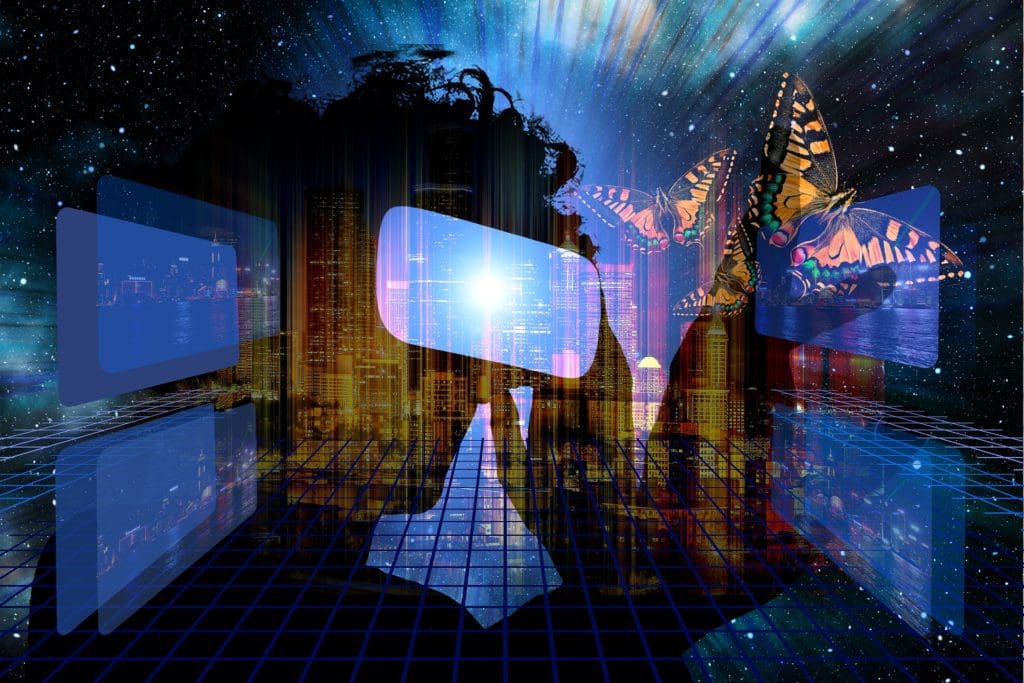Extended Reality technologies and child sexual exploitation and abuse

The University of Manchester, WeProtect Global Alliance – Briefing
This intelligence briefing, published by WeProtect Global Alliance, and developed by Professor Emma Barrett OBE from The University of Manchester, aims to provide an overview of the latest information and trends on eXtended Reality (XR) and its potential impact on child sexual exploitation and abuse online.
XR technologies and content have been around in one form or another for several decades. However, the last few years have seen a rapid acceleration in interest and availability in workplaces and consumer leisure sectors, with many established technology companies having invested heavily in XR. There is a rapidly expanding number of applications of XR in the consumer market. This ranges from interior design to fashion applications, from gaming to visiting museums.
XR technologies also create new ways for offenders to groom and access children, and create and distribute child sexual abuse material.
Key terminology
‘eXtended Reality’ (XR) is an umbrella term for a range of technologies that includes:
- Virtual Reality (VR) is when the user engages in an artificially mediated, immersive experience, usually simulating a 3D world with sensory input from the physical world and displayed by a stereoscopic headset that blocks out the user’s surroundings.
- Augmented Reality (AR) is when a user views digital content overlaid on the physical world, for instance, via a smartphone app or through a specially designed headset.
- Mixed Reality (MR) is when a user experiences a believable synthetically generated 3D environment blended with the physical world around the user. Synthetic objects are not just overlaid on the screen in two dimensions but oriented and located so that they appear to be part of the physical environment and move accordingly as the viewpoint changes.
XR and child sexual abuse
Risks to children in AR and VR are different. The risks in VR are more extensive and the potential for harm is more acute. VR is by definition an immersive experience and, as such, adds intensity to abuse experienced online. Its risks range from new ways of grooming in social VR spaces to new methods to create and stream abuse.
Consumer VR use offers the most straightforward way for offenders to access children via XR.
Many social spaces in VR offer opportunities to create invite-only ‘private’ spaces, which can be used to interact with other users. Offenders could use these spaces to deepen their relationship with children without being overheard or seen or use those spaces to distribute child sexual abuse material. As all VR interactions are between avatars, offenders can choose how to present themselves to a child.
There are currently no legal restrictions on children’s use of VR although the terms of use for most VR headsets state that they are not to be used by young children.
Recommendations
Regulators and lawmakers should ensure that XR harms are indeed covered by existing or new legislation and policy, conducting meaningful consultation across a wide range of stakeholders and investing in research and development.
All XR tech platform providers should prevent children from accessing inappropriate content, via age restriction and parental controls allow users to block or otherwise restrict interactions with other users put in place content moderation, which may be human (manual) or automated offer advice and education for children and their caregivers about managing risks adopt ‘safety by design’: designing applications with children in mind.
Page last updated on 21st November 2024